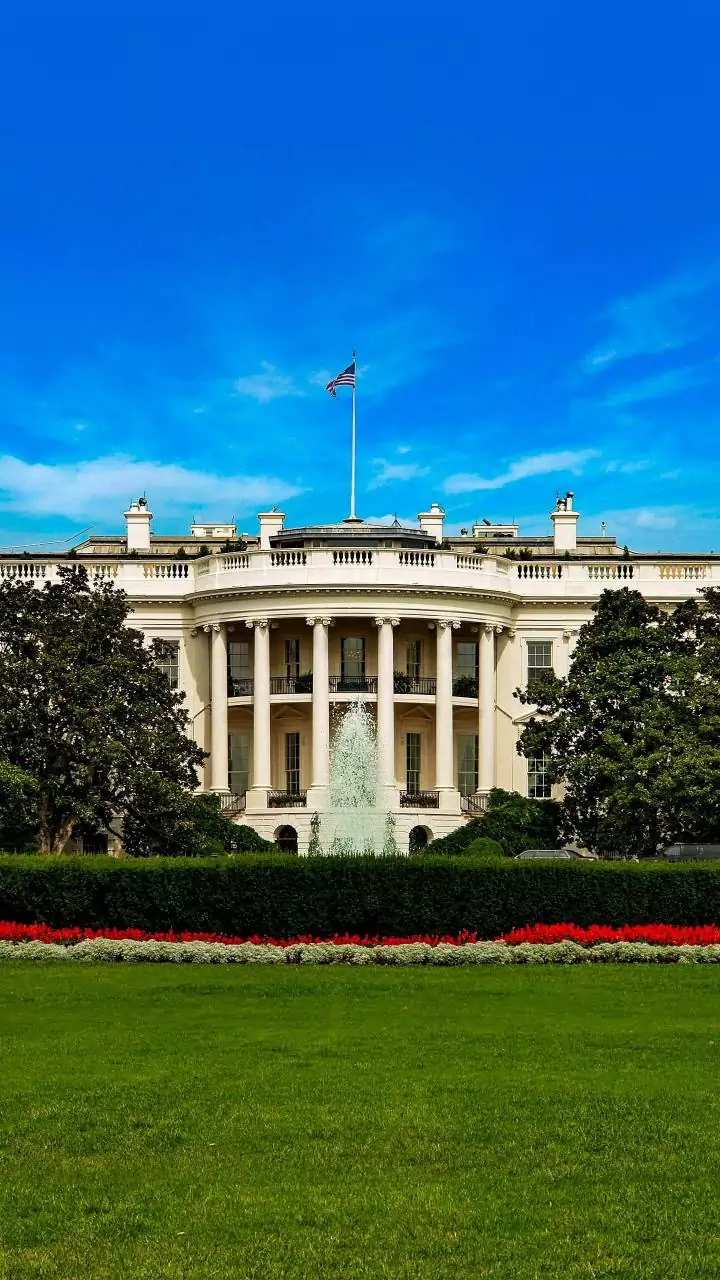Global Cleanliness Champions
The realm of urban cleanliness is diverse and varies significantly across the world. When considering the 'Top 10 Cleanest Cities in the World', the criteria
used to determine this ranking usually take into account a variety of factors. These include waste management practices, air quality, water sanitation, and overall environmental sustainability efforts. The cities that make it to the top are often those that have implemented comprehensive strategies. They prioritize cleanliness, from public spaces to efficient waste disposal systems. This approach to cleanliness highlights not only environmental stewardship but also the quality of life enjoyed by residents and visitors alike. Different organizations and ranking systems may use slightly different methodologies or data sets. Despite these variations, the top contenders generally exhibit a consistent commitment to maintaining a clean and healthy urban environment. These cities offer valuable lessons in urban planning and environmental management.
Analyzing The Contenders
To understand the list, it's essential to examine the cities vying for the title of 'cleanest'. Toronto, for instance, is often celebrated for its well-maintained parks, robust public transit system, and strict waste management protocols. Los Angeles might be recognized for its efforts to improve air quality and develop sustainable urban infrastructure. These examples illustrate the diverse approaches different cities employ to achieve high standards of cleanliness. Other cities may include a range of metropolises, each offering unique strengths and challenges. These cities often share a common focus on citizen engagement, fostering a sense of responsibility and participation in maintaining cleanliness. The specific measures taken by these cities can vary. However, the overarching goal remains the same: to create a healthy, attractive, and sustainable environment for all residents and visitors.
Indian Cities' Prospects
The question of whether any Indian city has made it into the top 10 cleanest cities sparks significant interest. India, with its vast and varied urban landscape, faces complex challenges in waste management, sanitation, and air quality. The cities that are featured, if any, will have demonstrated outstanding progress and commitment to overcome these hurdles. The rankings often highlight not only the overall cleanliness of a city. They also measure specific initiatives related to waste segregation, public hygiene, and environmental conservation. If an Indian city has been included, it would reflect years of dedicated effort by municipal authorities, local communities, and environmental organizations. This achievement would celebrate their commitment to improving urban living standards. This would also serve as an inspiration for other Indian cities striving to raise their environmental benchmarks.
The Top Three Revealed
Examining the top three cities unveils the leaders in urban cleanliness. The cities topping the list would be those that have combined consistent cleanliness standards with innovative environmental strategies. These cities prioritize their ecological health and also provide high quality of life for their citizens. Details can include comprehensive waste recycling systems, promotion of renewable energy, and extensive public transport infrastructure. The top three are usually recognized for their commitment to long-term sustainability. They emphasize environmental stewardship and citizen well-being. These cities could act as models for urban development worldwide. They provide insights into the practices and policies needed to achieve the highest cleanliness levels.
Beyond The Rankings
While the rankings offer a valuable overview of global cleanliness efforts, the importance extends beyond the figures. The initiatives undertaken by cities across the globe illustrate different methods for achieving urban sustainability. Cities can adopt innovative methods. This can include technologies for waste management, strategies for improving air quality, or promoting community participation in cleanliness programs. Each city's efforts showcase how diverse and multifaceted the strategies can be. The broader aim is to stimulate continuous improvement. Cities constantly look at innovative methods and practices that may be integrated into current efforts. The ultimate goal is to generate clean, healthy, and resilient urban environments that improve the lives of citizens.














